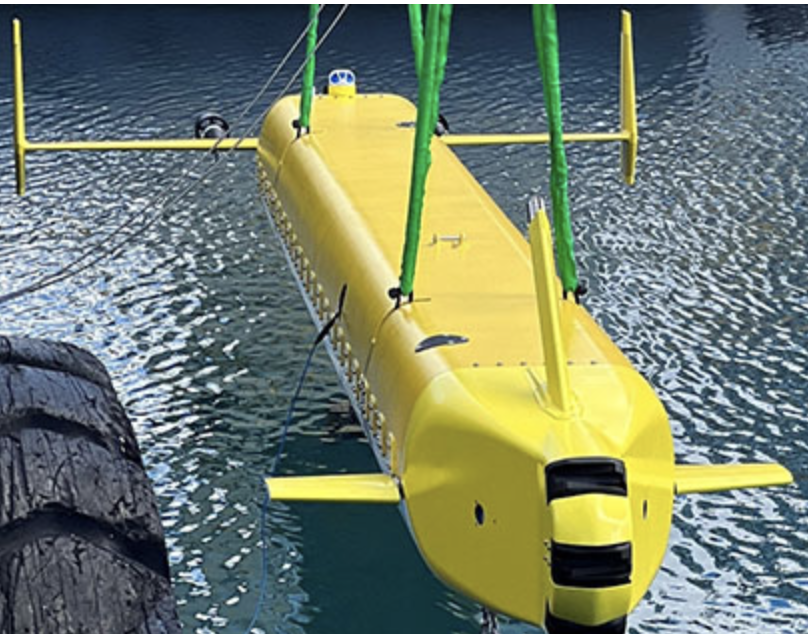Behavior: BHV_TestFailure

Brief Synopsis:
A behavior designed to fail, to test the helm's handling of a behavior failure.
Authors:
- Michael Benjamin
Groups:
Distribution:
- moos-ivp.org
Documentation:
Contact Email:
- mikerb@mit.edu, issues@mit.edu
Function:
The TestFailure behavior is used to test the helm in two conceivable behavior failure modes. First, it may be used to simulate a behavior that crashes and thereby results in the crash of the helm. Second, it may be used to simulate a behavior that consumes a sufficiently large enough amount of time so as cause the helm to be considered "hung" by consumers of the helm output. Recall that the helm is compiled, with behaviors, into a single MOOS application. Although some behaviors may be compiled into shared libraries loaded at run time, thereby not requiring a recompile, all behaviors do run as part of a single helm process. A crashed behavior results in a crashed helm. Furthermore the helm, on each iteration, queries each participating behavior for its input. It does not do this in separate threads, and there is no timeout with a default reply should a behavior never answer. A hung behavior results in a hung helm. These are architecture decisions that on one hand allow a substantial amount of simplicity in the helm implementation and debugging. Furthermore, it's not clear that a graceful and safe policy exists to safely handle a rogue behavior other than to either (a) abort the mission or (b) put the vehicle in the hands of a much more conservatively configured "standby" instance of the helm, perhaps just to get the vehicle home. This behavior is used to simulate both kinds of rogue behaviors, a behavior that crashes and a behavior the hangs. The crash is implemented simply with an assert(0) statement, and the hang is implemented with a long for-loop.
